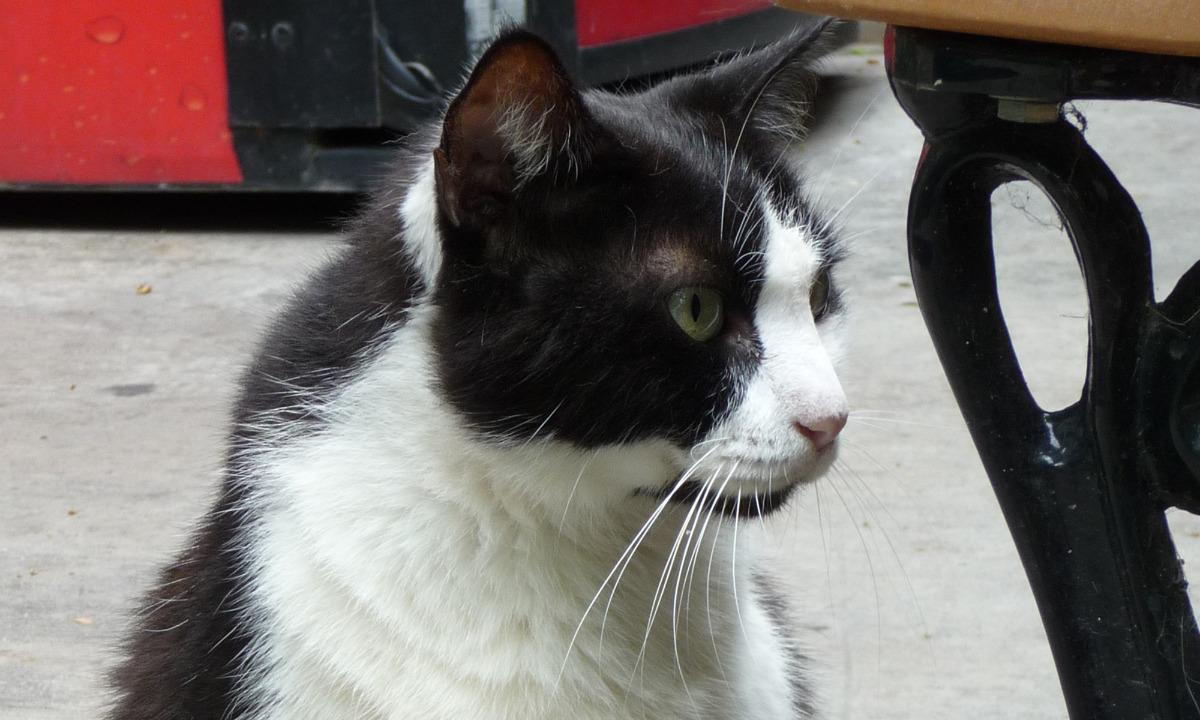How to Bring Your Cat to the Vet

- posted: Aug. 23, 2024
How to Bring Your Cat to the Vet
Cats are notoriously poor travelers so bringing your cat to the veterinary office for an exam can be challenging. Let’s discuss some of the issues faced when bringing your kitty to the vet and how to handle them so your cat gets the best care he or she needs.
- The Carrier—cat carriers keep your cat safe in the car and make cats easier to transport, but most cats associate the carrier with unpleasant things, so it can be quite the rodeo to get your cat on board. Start by acclimating kittens to the carrier. Use treats. Put them in the carrier and close the door. Once used to being in the carrier, pick it up and walk around. Stop if your kitten seems stressed. Daily training when cats are young can help make the carrier less scary. Choose the right carrier—those that open from the top or have a tray that pulls out often make it easier to get your cat in and out. Also, make sure the carrier is a good size for your cat--they should have enough room to turn around.
- Have an adult cat that wasn’t trained to enter a cat carrier? Try these tips: Leave the carrier out all the time, or at least for a week or two prior to the appointment. Toss some tasty treats or catnip in the carrier to entice your kitty to enter and explore. Consider feeding your cat in the carrier. We’re trying to let the cat know, good things (like treats!) happen when he goes in. Try pheromone sprays like Feliway to reduce stress. Place a familiar blanket or t-shirt inside. If your cat still won’t go in, you may have to put him in feet first or wrap him in a towel or blanket to assist in gently getting him into the carrier. Work with your cat on days that she is not going to the vet to get her used to being put into the carrier—always give affection or food rewards to reinforce good behavior! Try not to chase your cat—this can add to stress. Ask your veterinary team for tips if you are still having trouble!
- The car ride—Many cats become stressed or carsick during car rides. Vocalizing is common. Some cats will drool or have an accident in their carriers and others may vomit. Don’t feed your cat a full meal prior to a car ride. If your cat frequently gets carsick, ask our vets for a motion sickness drug to give your cat a few hours prior or the night before a car ride. If your kitty is just stressed—crying, drooling, etc.—Feliway pheromone spray, calming supplements or even medications can make a world of difference, especially for a longer car ride. If you have a young kitten, once he or she has acclimated to being put in a carrier, taking him or her for short car rides may also lessen the stress of a trip.
- The exam—most cats are not exactly happy to see the veterinarian, but they tolerate examination, vaccinations and other procedures. However, some cats will just have no part in being touched by strangers and can become very stressed and even aggressive. If your cat experiences high stress for his or her exam, calming medications such as gabapentin given prior to an exam or even fully sedation may be indicated to allow a safe and low stress exam. This is one time that drugs are good, mmm-kay! Calming medications are very safe and make the visit much nicer for your cat.
Working with young kittens to get them used to being transported in a carrier, taking cats for short car rides, not feeding prior to a car ride and using calming supplements, pheromone sprays and even medications to reduce motion sickness and keep your cat calm on a car ride are all good ways to make visits to the vet or other travel as stress-free as possible for you and your feline friend. Ask our staff about the best way to transport your cat to the vet so we can provide annual preventive care and keep your cat healthy for as long as possible!
This blog brought to you by the Patton Veterinary Hospital serving Red Lion, York and the surrounding communities.
Location
Patton Veterinary Hospital
425 E Broadway
Red Lion, PA 17356
